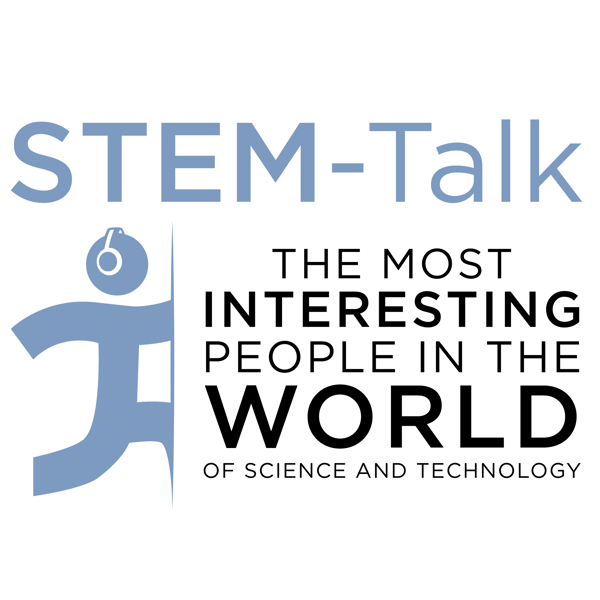Episode 62: Keith Baar talks about muscle and explains mTOR, PGC-1a, dystrophin, and the benefits of chocolate
STEM-Talk
Dawn Kernagis and Ken Ford
4.6 • 694 Ratings
🗓️ 24 April 2018
⏱️ 63 minutes
🧾️ Download transcript
Summary
Transcript
Click on a timestamp to play from that location
| 0:00.0 | Welcome to STEM Talk. |
| 0:01.2 | Stem Talk. |
| 0:01.8 | Stem Talk. |
| 0:03.3 | Stem Talk. |
| 0:03.7 | Stem Talk, where we introduce you to fascinating people who passionately inhabit the scientific and technical frontiers of our society. |
| 0:14.0 | Hi, I'm your host, Don Cornagas, and joining me to introduce today's podcast is the Man Behind the Curtain, Dr. Ken Ford, IHMC's director and chairman of the |
| 0:21.8 | double secret selection committee that selects all the guests who appear on STEM Talk. |
| 0:25.8 | Hi, Dawn. Good to be here. |
| 0:27.9 | Dr. Keith Barr is the head of the functional molecular biology laboratory in the Department of Neurobiology, |
| 0:33.3 | physiology, and behavior at the University of California, Davis. |
| 0:36.9 | He is a renowned scientist in the emerging field of molecular exercise physiology and is leading |
| 0:41.5 | a team of researchers attempting to develop ways to improve muscle, tendon, and ligament function. |
| 0:46.8 | Our interview with Keith went more than two hours, so we decided to divide our conversation |
| 0:50.8 | with Keith into two parts. |
| 0:52.4 | In part one of our interview, we talked to Keith about some of the fundamental discoveries |
| 0:56.8 | that he has made on how muscle grows bigger, stronger, and more fatigue resistant. |
| 1:02.4 | In part two of our interview, we will be talking to Keith about his most recent research, |
| 1:06.2 | which is looking at how to determine the best way to train and what types of foods complement |
| 1:10.3 | training to decrease tendon and ligament train and what types of foods complement training to decrease |
| 1:11.4 | tendon and ligament injury and accelerate return to play. This work not only has a potential to improve |
| 1:17.1 | muscle function, but also can improve people's quality of life, especially as we age. But before we |
| 1:22.7 | get to today's interview with Keith, we have some housekeeping to take care of. First, we really |
... |
Please login to see the full transcript.
Disclaimer: The podcast and artwork embedded on this page are from Dawn Kernagis and Ken Ford, and are the property of its owner and not affiliated with or endorsed by Tapesearch.
Generated transcripts are the property of Dawn Kernagis and Ken Ford and are distributed freely under the Fair Use doctrine. Transcripts generated by Tapesearch are not guaranteed to be accurate.
Copyright © Tapesearch 2025.

